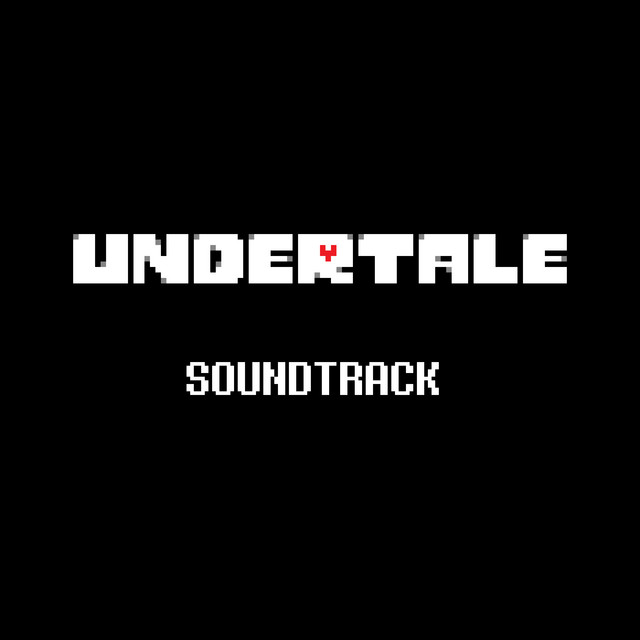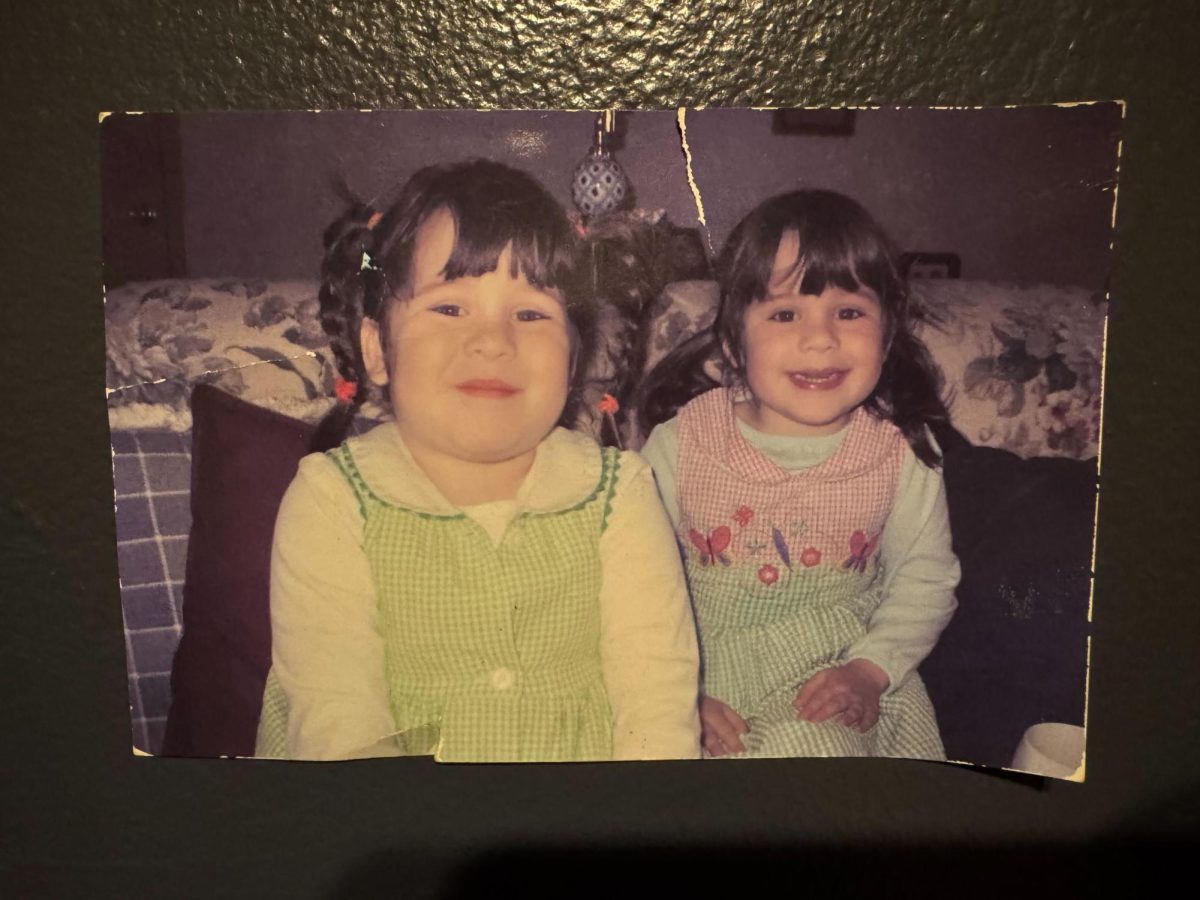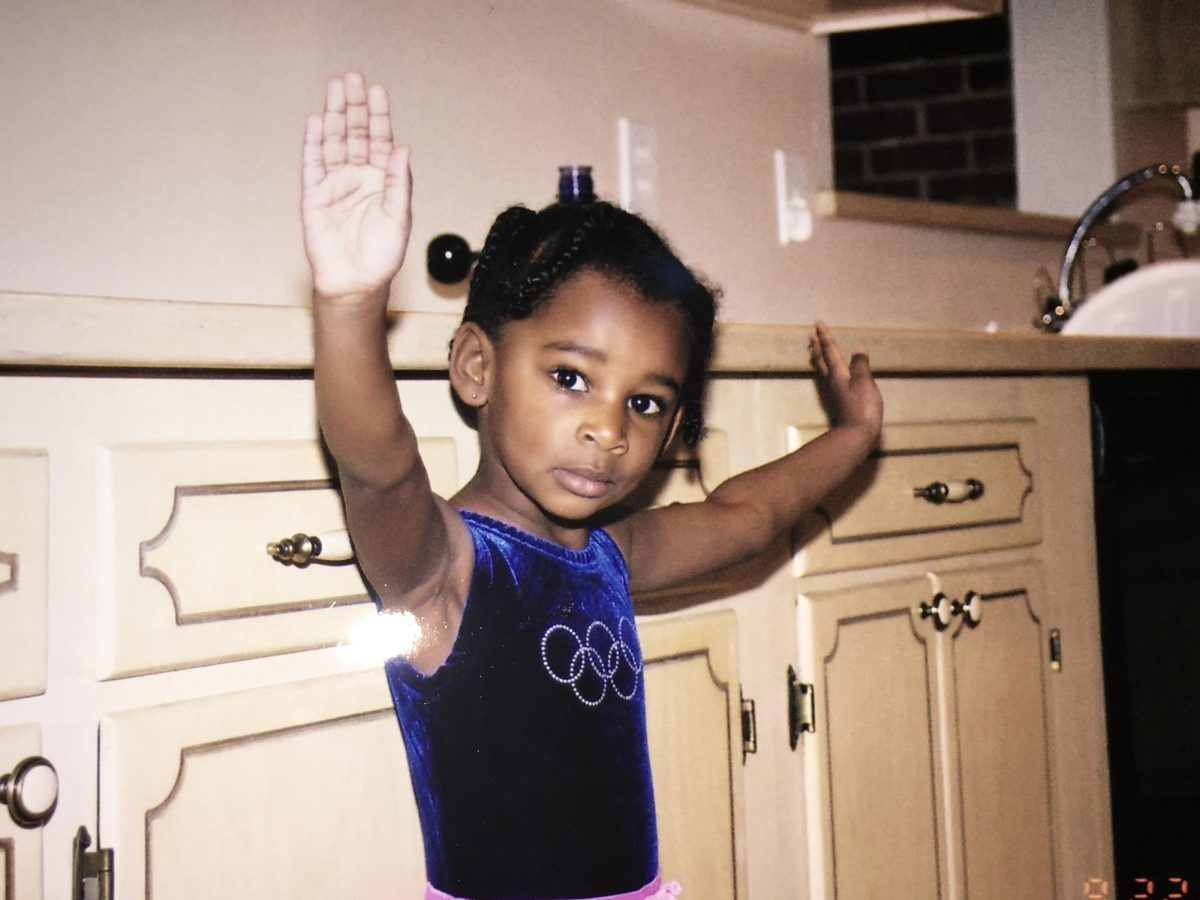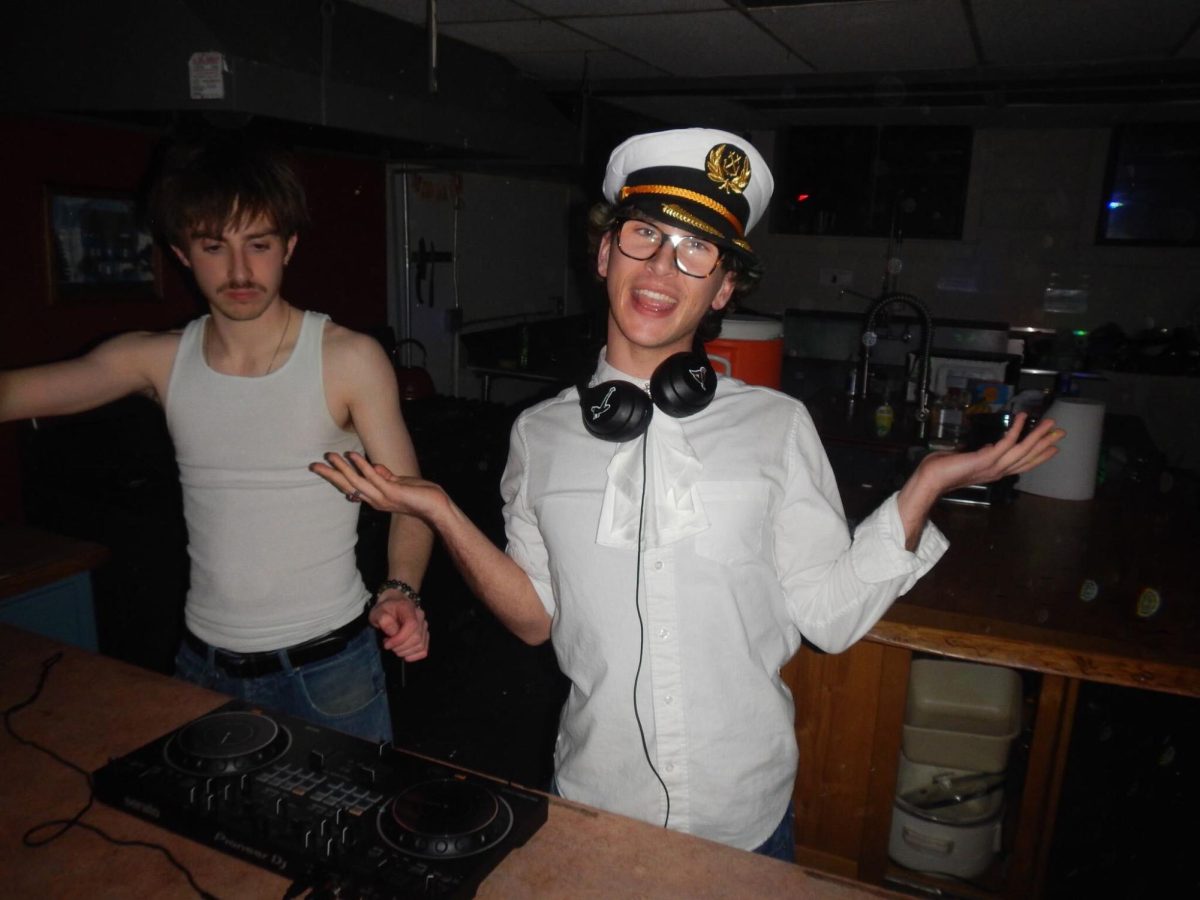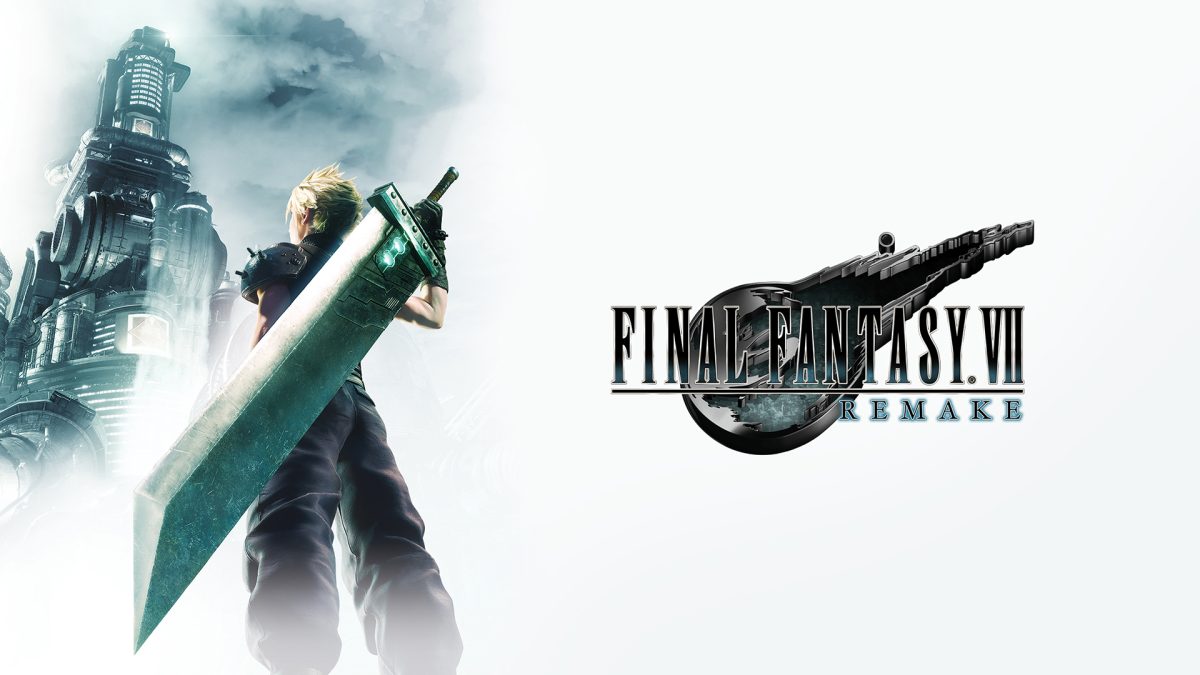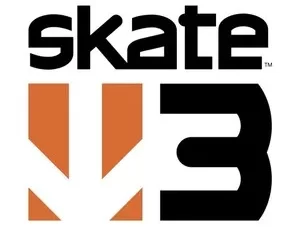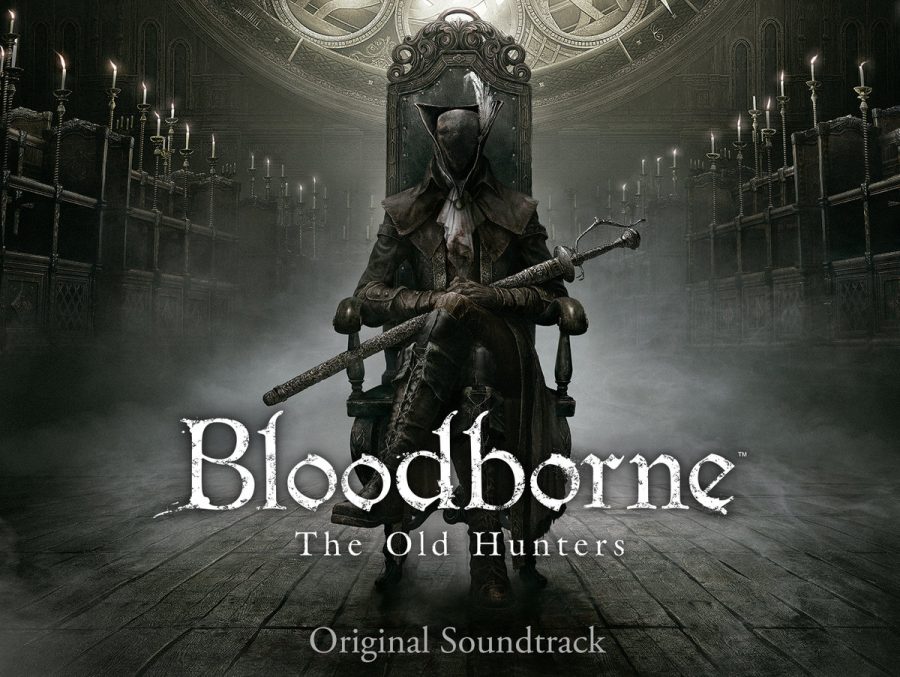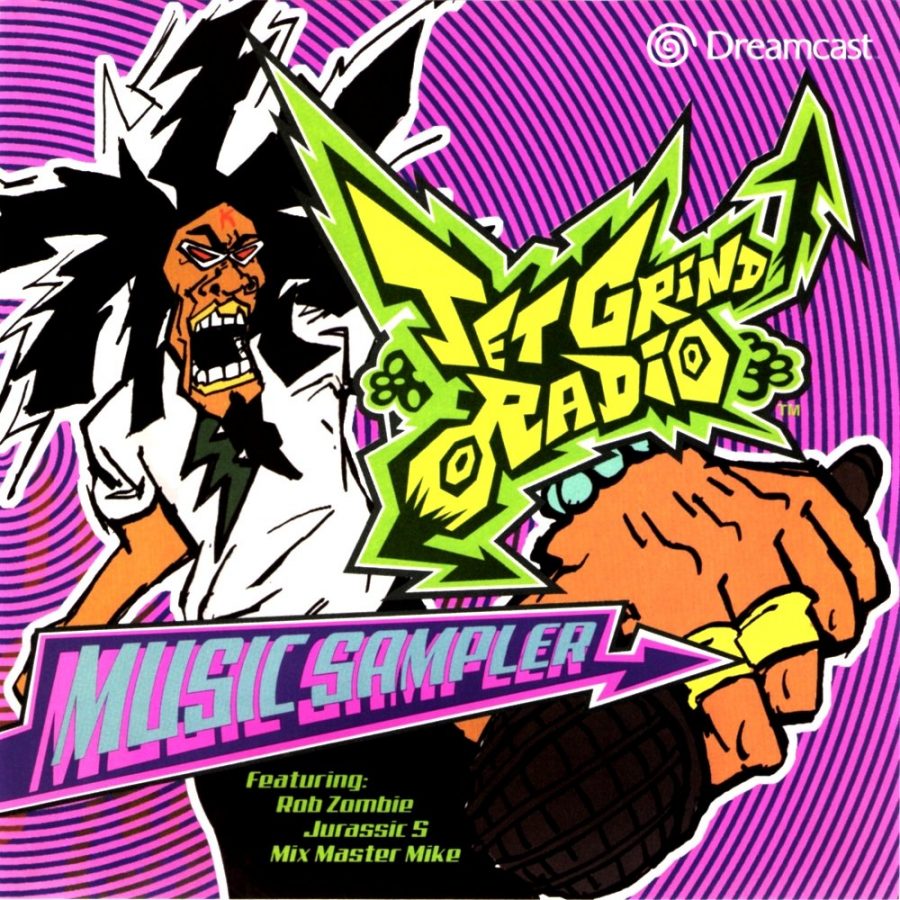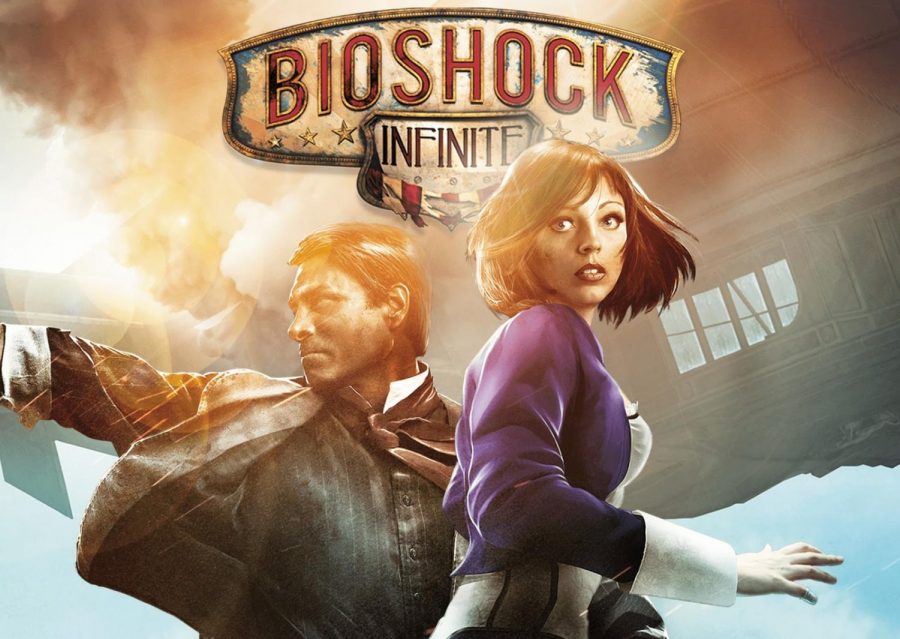If I had to pick a single game that had the most influence over how I process the world, it would be Undertale. The two-dimensional role-playing game (RPG) was released by indie developer Toby Fox in 2015. I played for the first time in fifth grade and, unsurprisingly, could not get past the Undyne fight. This did not deter me from letting the game consume my every thought for a good year. I revisited the game as a junior in high school — beating it this time —, and it still held up. I loved the characters, the journey the player went on and its unique perspectives on morality. For the uninitiated, the player does not have to kill every or any enemy. They instead have a choice in every interaction. The amount the player kills influences the route they go down and, therefore, affects the ending of the game. I fell in love with the world that Toby Fox created — my high school graduation cap was even Undertale-themed —, and one of the biggest factors behind this is the music he composed.

Much of the Undertale soundtrack has transcended the game’s player base and morphed into parts of popular culture. There is a very good chance that you have heard a song from the soundtrack whether you know it or not. A few of the tracks are pervasive in the Internet meme-sphere, but I will get into that later on. The majority of the game’s soundtrack follows a chiptune-inspired theme, with some piano and string elements incorporated. It was composed entirely by Toby Fox on the music production software FL Studio. Despite the singular sound, the soundtrack varies a lot. Some songs are simple eight-bit tunes, while others are huge orchestral arrangements. Many of the songs do both. They range from being 12 seconds in length to over six minutes. Though I wish I could talk about all 101 songs present on the official soundtrack, that would take way too long. There are a few tracks I consider fundamental to Undertale as a concept, both as a game and culturally.
“Spider Dance”
Starting off strong with one of the more recognizable pieces of the soundtrack, “Spider Dance” is catchy and upbeat. While it may not have some of the emotional connections that other songs do, it is still fit for a boss fight, or at least the miniboss Muffet, a spider-like creature. The melodies in this track frequently ascend and descend as if the listener is climbing — fit for a fight with a spider. The game makes a point to indicate that Muffet’s spider assistants can also hear the music and are jamming to it. This is an in-universe awareness of the background music not present in every battle. The track builds up and retreats but never completely subdues, just like a spider priming for attack. Interestingly, it can also loop. “Spider Dance” is a jam both in the game and as a standalone track.
“Tem Shop”
A song does not have to be overly complicated to be good. “Tem Shop” is a simple and high-pitched chiptune piece with some harmonies. It only plays during one part of the game: Temmie’s storefront. Temmie is a cat that runs a shop and has dreams of going off to school. Even with its simplicity, the tune always stuck out to me; it was my ringtone for a while in early middle school. The song is short, repetitive and upbeat, containing jingle-like qualities without being annoying. It is a testament to the character that it is a theme for. Temmie speaks in silly sentences with many misspelled words, like “colleg.” Some other characters find her irritating, just as some may find “Tem Shop” to be an unpleasant earworm. On the contrary, I think that both are charming and that they bring classic comic relief to an emotionally intense experience.
“Death By Glamour”
For me, “Death by Glamour” makes perfect sense for the portion of the game it occupies. It plays during the fight with Mettaton, a robot created by another character in the game. It evokes a sense of frustration, not just because of the battle’s difficulty but because of the buildup to that point: a path filled with difficult parkour and an onslaught of enemies. It is fast-paced without being overwhelming or inducing anxiety. The core melody is almost on a loop, emulating a key part of the code that fuels the robot. However, it is not the same over and over again, containing a variation of overlapping elements. The piece as a whole is showy and extravagant, reflecting Mettaton’s status as a television star.
Knowing the plot of this portion of the story, the song evokes a sense of push-pull when switching between the two defining melodies. Mettaton makes a decision independent of his coding; he is not devoid of emotion nor does he entirely desire to be fighting the player. This is yet again another instance of the game forcing players to confront the motives of their enemies rather than just blindly killing them. While “Death by Glamour” is not as outwardly abrasive as some of the other battle tracks, it still displays conflict in an entirely different fashion.
“Fallen Down (Reprise)”
This track is emotionally multifaceted. In contrast to much of the soundtrack, it is slow and contains little else but piano and some synthesizer influences. The original version of this song plays when the player meets their guide through the Underground and the rest of the game. This reprise is solemn but peaceful. It begins sad and fearful but emerges triumphant through the morphing of the melody.
The reprise is only accessible in a cutscene that the player unlocks by following the True Pacifist route: through sparing all enemies, plus some other actions. The player reflects on their journey and the path they chose to travel. With all the criticisms of hyper-violence in video games, especially as they are marketed to children, Undertale presents players with choice. It critiques that violence and challenges the player to examine their strategies for moving through the story.
“Your Best Nightmare”
This song and the battle it punctuates were genuinely terrifying for me, especially the first time I played. It is only accessible through a final encounter the player unlocks during the Neutral route — killing some enemies and sparing others. It kicks the fear into overdrive right off the bat with the cackle at the beginning of the song. The unsettling high-pitched harmonies are present in every phase of the song, and familiar melodies become more disjointed each time. Different phases of the song are separated using a TV static sound effect, matching aesthetics with the character the player is fighting. Without giving away too many details to avoid spoilers, the untraditional fight comes out of nowhere with an all-powerful version of a familiar character. Just as the clashing parts of the song illustrate, the fight goes in an unexpected direction by creating glitches and crashes that are all a part of the experience.
If you take any gaming-related advice from this article, it is that you should not play the end of the Neutral route alone in your room at 1 a.m. Your heart absolutely will be pounding, as mine certainly was, which speaks to how effective Undertale’s music is at conjuring emotion despite a less complicated sound. The music is not simply present to fill time in a battle; it is an integral piece in the immersion puzzle.
“Hopes and Dreams”
As the name suggests, this track is a departure from the solemn reflection or extreme anxiety of other parts of the soundtrack. It utilizes themes from other tracks, most obviously “Once Upon A Time,” and evokes resilience through speed and pitch. The track is a testament to Fox’s ability to incorporate repeated musical themes while differentiating enough to deepen the story. Layers and harmony are everything in many of the standout songs, and this one is no exception. The strings are peaceful while the guitar remains a punchy accent. Being exclusive to the True Pacifist route, it is a track that shows that power does not have to equal destruction — an idea the player can choose to prove throughout their journey.
“Once Upon a Time” and “Last Goodbye”
It is useful to talk about these tracks as a unit due to their thematic similarities. “Once Upon A Time” is the first song on the soundtrack and the first song the player hears. It is slow and mostly based in synth. It has a certain ominous quality to it, with some parts having a single note drone on in the background. This is the player’s first impression of the game, not knowing what story is about to unfold. As it fades out, the player may wonder what threats loom behind the mask of a cute EarthBound-inspired RPG. “Last Goodbye,” on the other hand, is very upbeat. It still contains the base melody of “Once Upon A Time” buried underneath drums, guitar and even some bells. This song lacks the ominous vibe of its sibling, instead expressing triumph and success.
Being tracks number one and 96, this duo literally shows the growth of the entire game. The player is changed by everyone they meet and the decisions they make. The story puts an explicit emphasis on how every single decision, down to the tiniest choice, can change everything; intention is absolutely key. Even with the game being fiction, the real-life player is also not the same as they were before they picked up Undertale,. One of the game’s core themes is determination in the face of adversity, and the sonic growth between this pair of tracks is an auditory representation of that idea.
“MEGALOVANIA”
Of course, I had to include this track. Possibly one of the most recognizable to those outside of Undertale’s audience, “MEGALOVANIA” has soared to popularity. It currently has over 156 million Spotify streams, mountains above any other song on the soundtrack. This is a testament to its lasting influence both within the game and as a standalone song. It has solidified itself in meme culture, with the central melody having been just about everywhere on the internet in 2017. And interestingly enough, it is the only song on the Undertale soundtrack that was not composed for the game. “MEGALOVANIA” was previously seen in the webcomic Homestuck, which Toby Fox also composed for. However, the earlier version is at a significantly lower register and utilizes guitar over orchestral strings.
Undertale’s “MEGALOVANIA” begins with a pretty unassuming melody, and then, it just explodes. Fox builds off the base with fast-paced drums, layered electronic tones and the aforementioned orchestral strings. The powerful bassline remains constant throughout the song, pushing the player further into the already extremely difficult battle that it punctuates. It is a symphony that reflects the rash decisions the player had to make in order to get to that specific fight, which is only possible if you choose to kill every creature and character along your journey. It is an iconic exclamation point to the intense and meandering story of the game it belongs to.
It is interesting to reflect on a game that is largely about introspection and the weight of one’s decisions. This is an article about the iconic music of said game, but it is more than that. Fox’s soundtrack is just one of the many elements that bring the story to life. It sets the mood and is fun to listen to while immersed in the world and outside. I am not sure if it is nostalgia or the malleability of my developing brain during the time I played Undertale, but it has always held a personal meaning for me. It was a game that defied expectations and used the power of choice in a way I had never seen before. If you are looking for a game with a wonderful, resonating soundtrack, Undertale is a great bet.
Writing this piece had me thinking about my own choices: What if I had made the choice to ignore my friend’s suggestion and never gave the game a try? What if I had chosen to finish it the first time instead of waiting nearly five years? I question if the potential resulting paths would have changed how I consume games: not just as entertainment but as a vehicle for critical analysis and personal reflection. But does any of it even matter? The importance of this choice is the very thesis of Undertale. It all matters; you must consider your decisions and then survive despite them. While you cannot change the past, you can rectify the future. Never forget the power you hold over your destiny.



